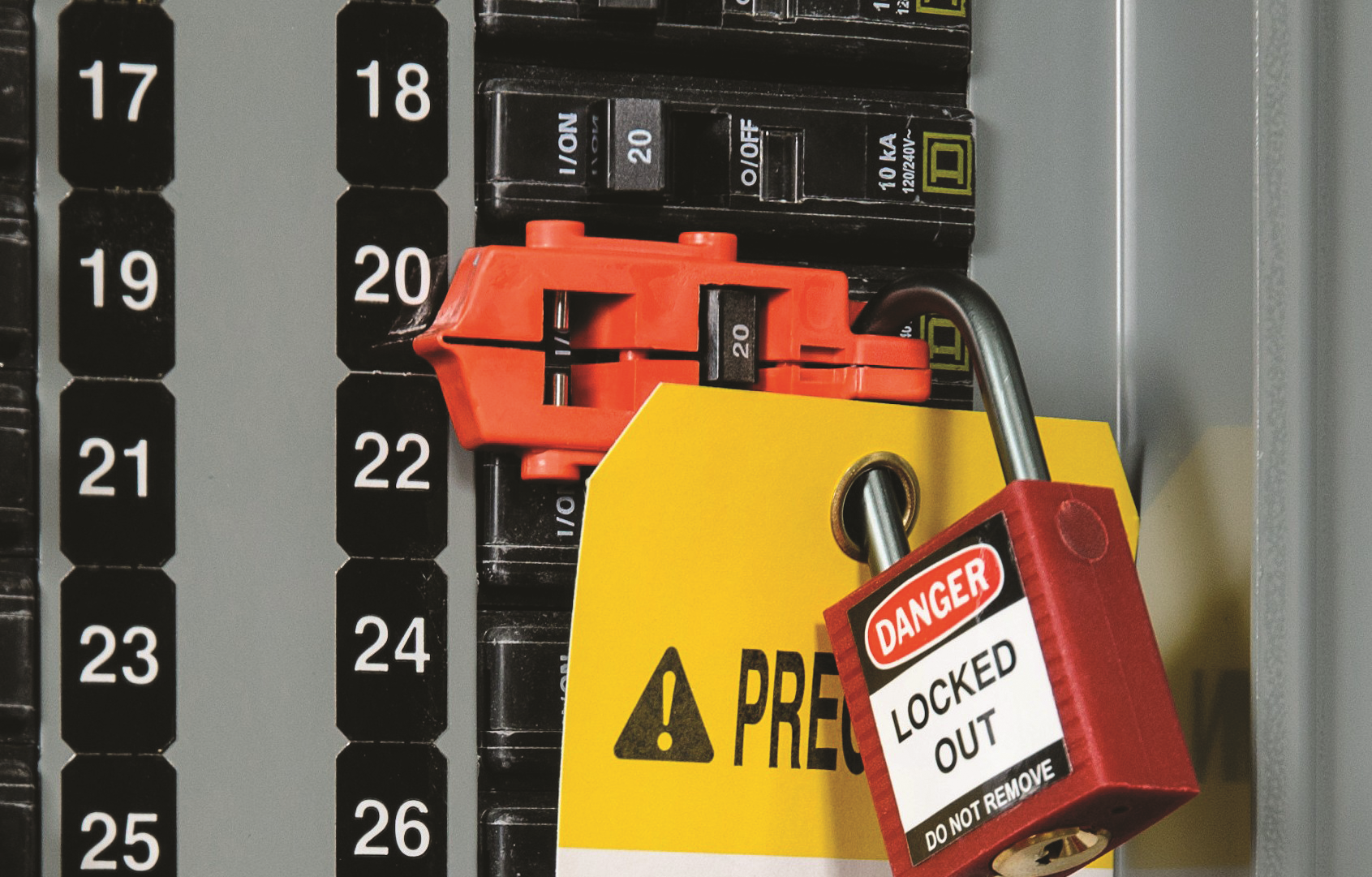
Ensuring Workplace Safety with Lockout-Tagout Procedures
What are lockout-tagout procedures?
Lockout-tagout procedures are a set of safety measures used to protect workers from hazardous energy sources during maintenance or repair work. These procedures involve isolating the energy source, locking it in the off position, and tagging it with a warning label to prevent accidental startup.
Why are lockout-tagout procedures important?
Workplace safety is of utmost importance, and lockout-tagout procedures play a crucial role in ensuring the well-being of employees. By implementing these procedures, companies can prevent accidents caused by unexpected energy release, such as electrocution, burns, or crushing injuries.
How do lockout-tagout procedures work?
Lockout-tagout procedures involve several steps to ensure the safe isolation of energy sources. First, the authorized employee identifies all energy sources that need to be controlled. Then, they apply lockout devices, such as padlocks, to secure the energy isolation devices in the off position.
Once the lockout devices are in place, the authorized employee tests the equipment to ensure it is properly isolated. They then attach a tag to the lockout device, indicating the employee's name, the date, and a warning message. This tag serves as a visual reminder to others that the equipment is undergoing maintenance and should not be operated.
Who should be trained in lockout-tagout procedures?
All employees who work with or around machinery or equipment that requires maintenance or repair should receive training in lockout-tagout procedures. This includes machine operators, maintenance personnel, and supervisors. Proper training ensures that everyone understands the importance of following these procedures and can effectively implement them when needed.
What are the benefits of lockout-tagout procedures?
Implementing lockout-tagout procedures offers several benefits for both employers and employees. Firstly, it reduces the risk of workplace accidents and injuries, protecting the well-being of workers. Secondly, it helps companies comply with safety regulations and avoid costly penalties. Lastly, it promotes a safety-conscious culture within the organization, fostering a positive work environment.
Conclusion
Ensuring workplace safety is a top priority for any organization, and lockout-tagout procedures are a vital component of a comprehensive safety program. By following these procedures, companies can protect their employees from hazardous energy sources and create a safer work environment for all.

